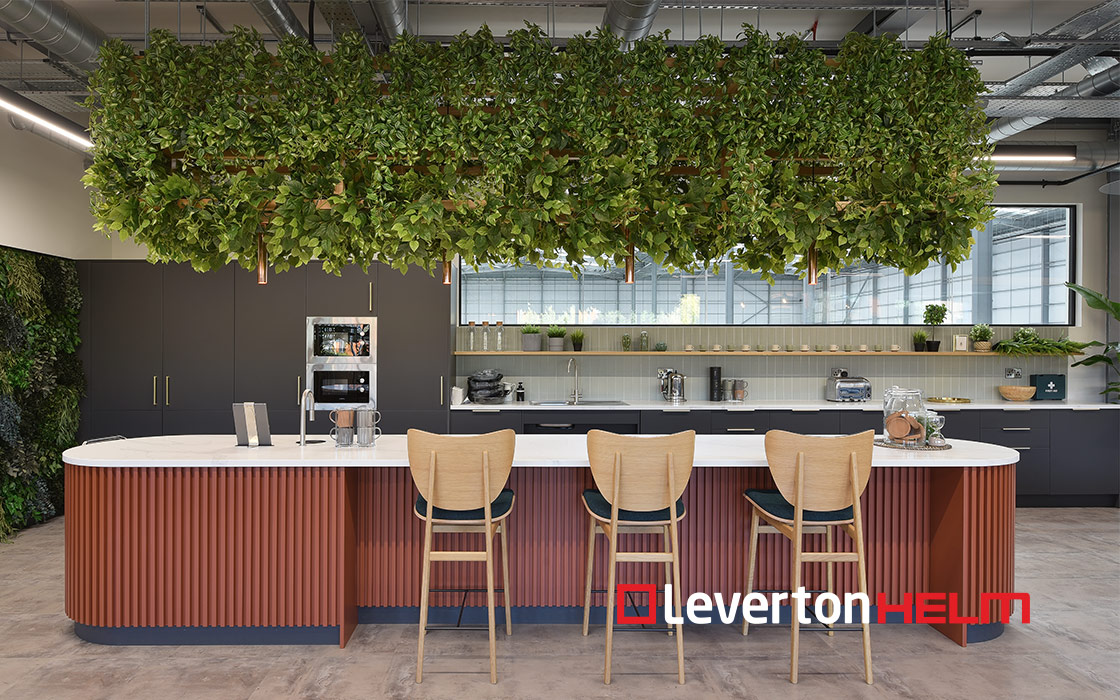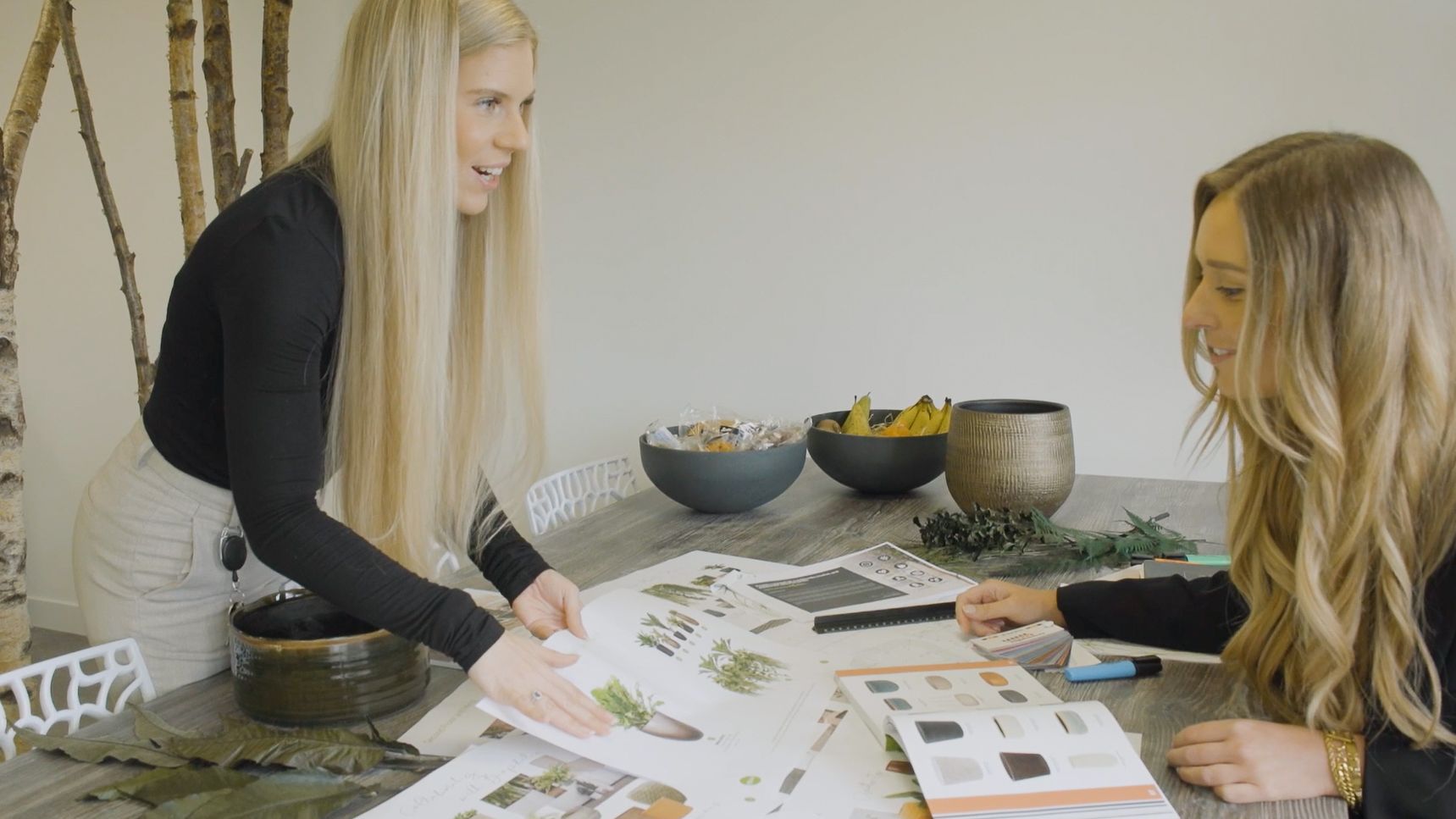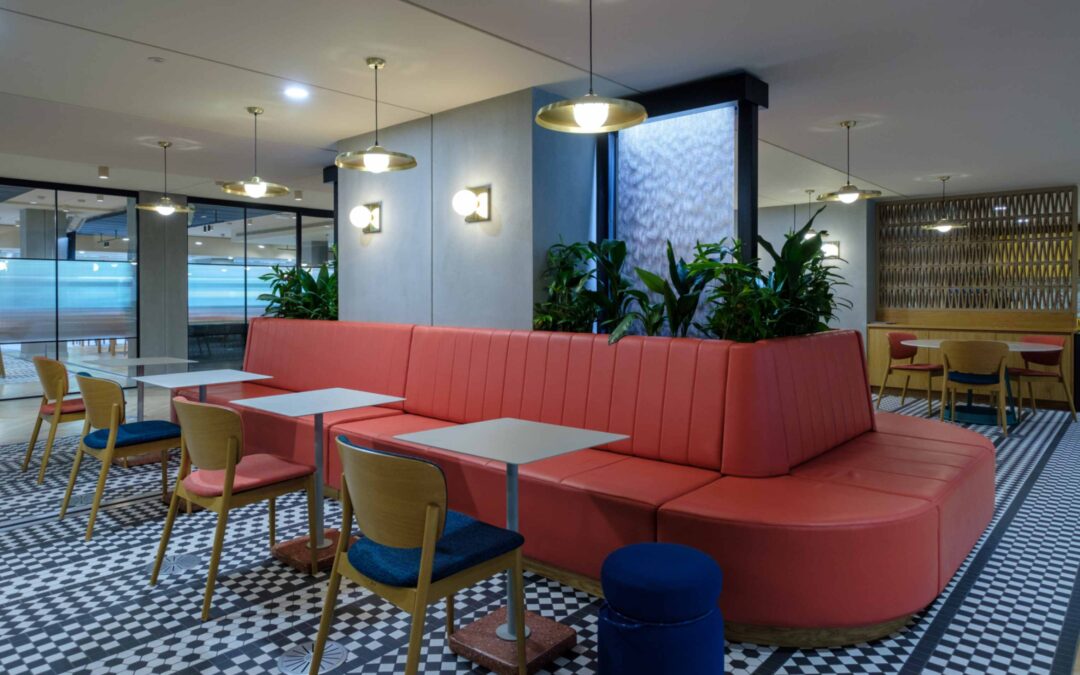Achieving high SKA ratings is a top priority for fit-out companies, architects, designers, and office users aiming to create sustainable, health-promoting workspaces. At Exubia, we specialize in designing, installing, supplying, and maintaining plants for office spaces, hospitality venues, schools, and other commercial buildings across the UK. We’ve helped multiple companies achieve these goals (take for example the LevertonHELM project) and we want to help you introduce biophilia into your projects, to not only enhance aesthetics but also significantly contribute to achieving SKA ratings. This blog will delve into how our plant services can help you meet SKA criteria, supported by studies and facts, and provide actionable tips to optimise your workspace designs:

Understanding SKA Ratings and Biophilia
What Are SKA Ratings?
SKA ratings are a widely recognised environmental assessment method used to measure the environmental impact of fit-outs in non-domestic buildings. Managed by RICS (Royal Institution of Chartered Surveyors), SKA ratings cover various categories, including energy, CO2 emissions, waste, water, pollution, transport, materials, and wellbeing. There are three SKA rating levels:
- SKA Gold Rating – Achieving a SKA Gold rating signifies that an office space has fully integrated sustainability features, earning the highest possible score in the assessment. This rating highlights a commitment to leading the way in environmentally responsible interior design and fit-outs.
- SKA Silver Rating – A SKA Silver rating indicates substantial progress in implementing sustainable practices during the fit-out process. This level of certification is often the standard goal for many eco-conscious companies.
- SKA Bronze Rating – A SKA Bronze rating shows that the essential criteria for sustainability have been met. While it confirms a basic level of commitment to environmental practices, it also leaves room for further improvement in future assessments.
The Role of Biophilia
Biophilia, the inherent human connection to nature, plays a crucial role in enhancing well-being and productivity in indoor environments. Incorporating natural elements, such as plants, into building design not only improves air quality and aesthetics but also supports psychological and physical health. (The study by NCBI is interesting if you’re interested in the science). The RICS SKA rating system acknowledges the importance of biophilia in creating healthier, more sustainable workspaces, particularly under the criteria for well-being and indoor environmental quality.

How our services help achieve SKA Ratings
Air Quality Improvement
Plants are natural air purifiers. The study by NASA concluded that certain indoor plants can remove up to 87% of air toxins in 24 hours. By incorporating our carefully selected plant species, you can improve indoor air quality, directly contributing to SKA rating criteria under the ‘wellbeing’ and ‘pollution’ categories. The RICS SKA guidelines highlight that improving indoor air quality is a key component of achieving higher ratings, and biophilic elements like plants are effective in this regard.
Energy Efficiency
Strategically placing plants can help regulate indoor temperatures, reducing the need for artificial heating and cooling. A study by the University of Technology Sydney found that plants can lower indoor temperatures by up to 5°C. This natural cooling effect contributes to lower energy consumption and enhanced SKA ratings in the ‘energy’ category. The RICS SKA rating system recognises the role of natural elements in reducing energy consumption and enhancing building performance.
Psychological and Physical Wellbeing
The presence of plants has been proven to boost mood, reduce stress, and increase productivity. Research from the Journal of Experimental Psychology shows that employees working in environments with plants are 15% more productive. This improvement in wellbeing and productivity aligns with the SKA rating’s focus on occupant wellbeing. RICS emphasises that biophilic design elements, such as indoor plants, are instrumental in creating environments that promote mental and physical health, essential for achieving top SKA ratings. Again, this study by NCBI is a fascinating read on the psychological impact of indoor plants.

Practical Tips for Integrating Plants to Achieve SKA Ratings
Collaborate with Experts
Work with plant design specialists like Exubia to ensure the right plant species and placements are chosen to maximize environmental and well-being benefits. Our team can provide bespoke solutions tailored to your specific needs. In fact, we have a few clients that instead of proposing a feel and desired look for biophilia in their space/design, brief us with SKA, BREAAM and/or WELL etc. that they would like to achieve for our design team to work around.
Regular Maintenance
Proper maintenance is essential to ensure plants remain healthy and effective in improving air quality and aesthetics. Exubia offers comprehensive maintenance services to keep your plants thriving, therefore maintaining your SKA rating benefits and taking the stress off you.
Use Plants as Part of the Design
Integrate plants into your overall design strategy. Living walls, plant partitions, and green roofs not only enhance the visual appeal but also contribute significantly to SKA rating criteria across multiple categories. This is why we opt for qualified interior designers when it comes to our design team, taking it from a simple pot in a corner to a complete, design-conscious, integration of biophilia.
Link to Sustainable Practices
Linking plant integration with other sustainable practices, such as using recycled materials or energy-efficient lighting, can amplify the overall impact on your SKA ratings. In areas where your space may lack light, we often implement motion-sensor artificial lighting or other energy-conscious lighting strategies.
Visit our services page or contact us to get started on your journey to achieving outstanding SKA ratings.


Recent Comments